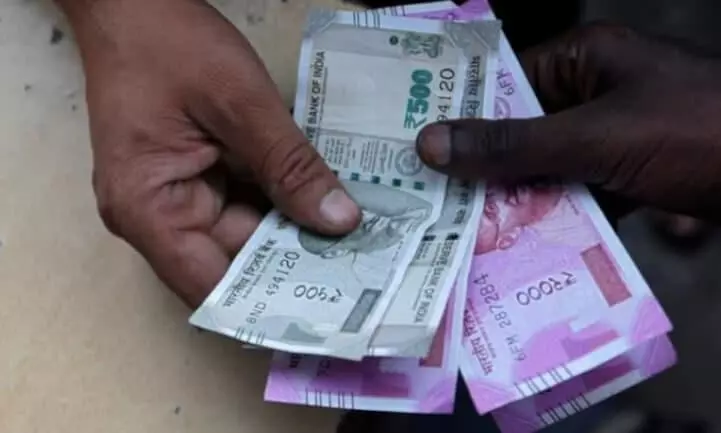
India's external debt rises by 2.1%
text_fieldsAs per the finance ministry, India's external debt has risen by 2.1% year-on-year to $570 billion as of March 2021. The external debt to GDP ratio has risen marginally to 21.1% from 20.6% as of the end of March 2020.
However, as per the status report on India's external debt, the reserves to external debt ratio has increased to 101.2% from 85.6% in the same period. This has consolidated India's position as a net creditor to the world, the report said.
The sovereign debt at $107.2 billion rose by 6.2% as compared to its level a year ago. This is due to an increase in external assistance more than compensating the fall in FPI investment in government securities (G-Secs). The augmented external assistance reflected larger disbursement of COVID-19 loans from multilateral agencies during 2020-21.
Meanwhile, the non-sovereign debt grew 1.2% on a yearly basis to $462.8 billion. Commercial borrowings, NRI deposits and short-term trade credit account for 95% of the non-sovereign debt. NRI deposits have grown 8.7% to $141.9 billion, commercial borrowings at $197 billion have shrunk by 0.4% and short-term trade credit at $97.3 billion have shrunk by 4.1%.
Long-term debt was at $468.9 billion at March-end 2021. This is an increase of $17.3 billion from a year ago.
As of March-end 2021, US dollar-denominated debt remains the largest component of India's external debt with a share of 52.1%, followed by the Indian rupee (33.3%), yen (5.8%), SDR (4.4%) and the euro (3.5%).
"Over the years, policy on external debt has enabled the private sector to access foreign debt in a calibrated manner. As at end-March 2021, the level of non-sovereign debt was more than four times that of sovereign debt, compared to half as at end-March 1991," it said.
Typically, in a normal year, the relative rise in non-sovereign debt influences the dynamics of India's external debt, given its relative size. It supplements domestic savings to fund larger investments as the economy expands.
However, during the pandemic year, the relative rise in sovereign debt accounted for a larger share in the overall growth of foreign debt (2.1%) due to the COVID-19 loans.
Within non-sovereign debt, growth growth-sensitive commercial borrowings and import-sensitive short-term trade credit shrank. Hence, the pandemic disrupted growth-dependent constituents, though overall external debt level rose, the ministry noted.























